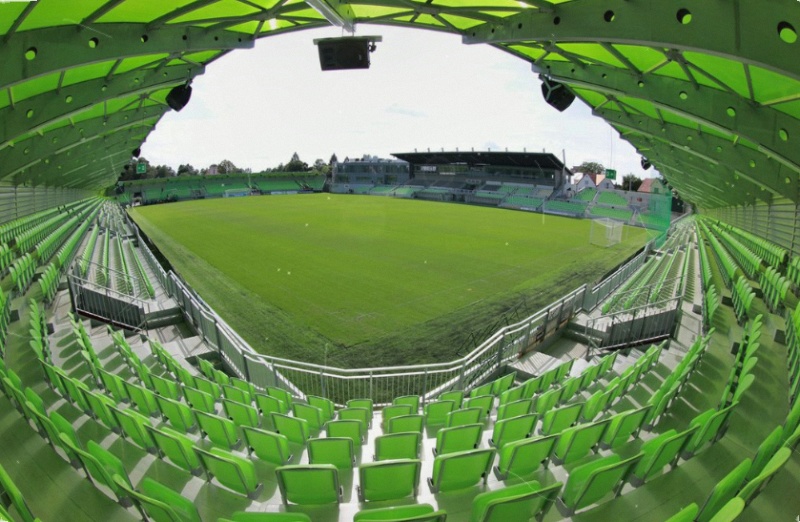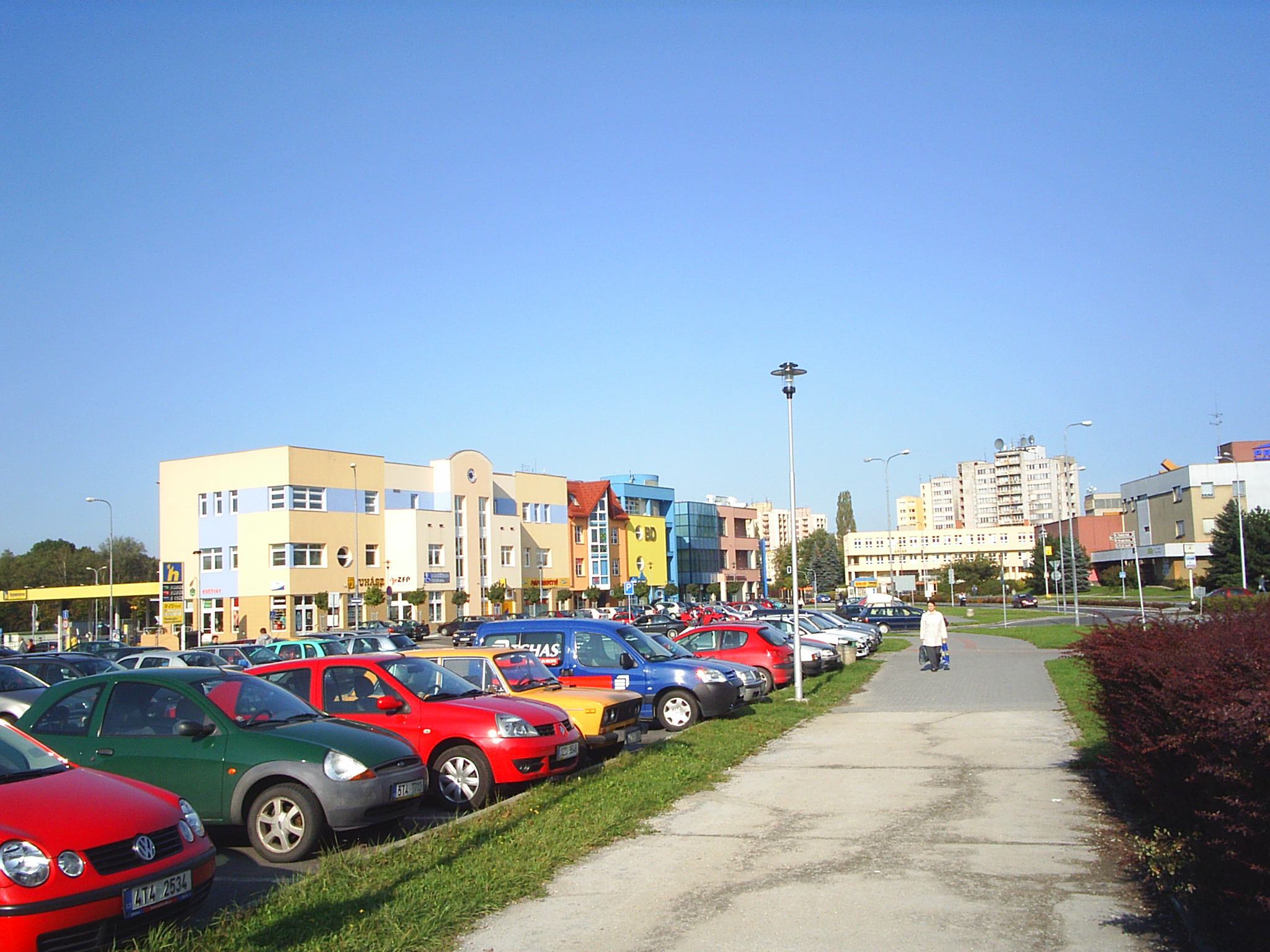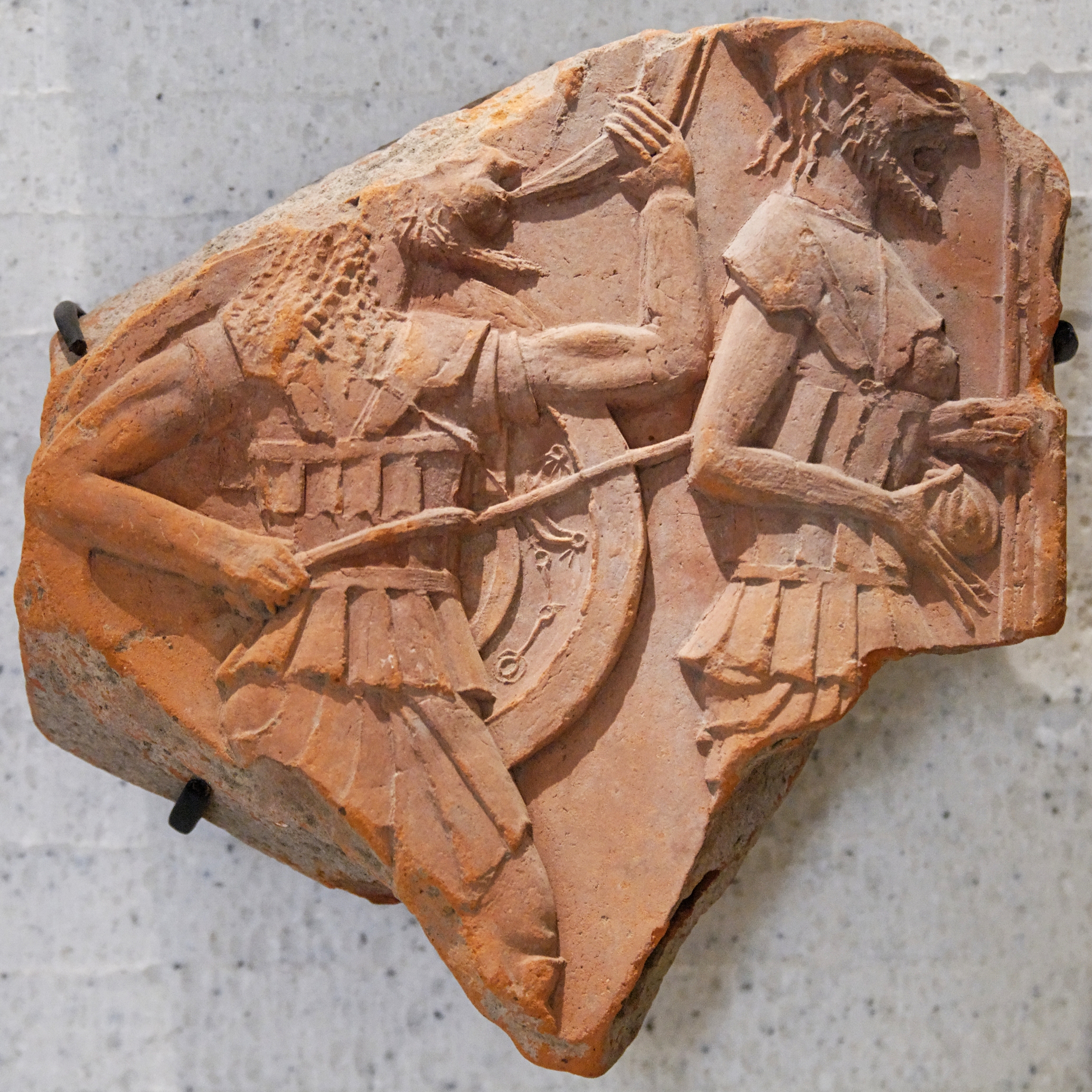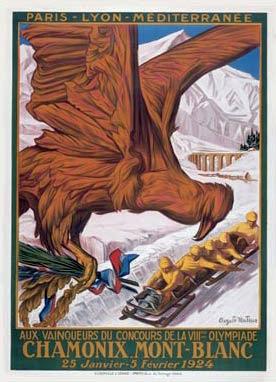|
Józef Chlebowczyk
Józef Chlebowczyk (19 January 1924 – 14 August 1985) was a Polish historian. Biography Chlebowczyk was born in Karviná as a son of Augustyn Chlebowczyk, local administrative worker. He graduated from Juliusz Słowacki Polish Grammar School in Orlová and later from the Main School of Planning and Statistics in Warsaw. In 1961 he gained a Ph.D. In 1966 he passed his habilitation. In 1977 Chlebowczyk gained the title of professor. Since 1968 he worked in Silesian Institute in Katowice and lectured at the Silesian University. He focused on the history of Cieszyn Silesia and nationalist movements in Central Europe. He died on 14 August 1985 in Sozopol Sozopol ( ; ) List of cities and towns in Bulgaria, is an ancient seaside town located 35 km south of Burgas on the southern Bulgarian Black Sea Coast. One of the major seaside resorts in the country, it is known for the ''Apollonia'' art and film ..., at the age of 61. He was considered as an outstanding Polish historian.Anna Go ... [...More Info...] [...Related Items...] OR: [Wikipedia] [Google] [Baidu] |
Polish People
Polish people, or Poles, are a West Slavic ethnic group and nation who share a common History of Poland, history, Culture of Poland, culture, the Polish language and are identified with the country of Poland in Central Europe. The preamble to the Constitution of the Republic of Poland defines the Polish nation as comprising all the citizenship, citizens of Poland, regardless of heritage or ethnicity. The majority of Poles adhere to Roman Catholicism. The population of self-declared Poles in Poland is estimated at 37,394,000 out of an overall population of 38,512,000 (based on the 2011 census), of whom 36,522,000 declared Polish alone. A wide-ranging Polish diaspora (the ''Polish diaspora, Polonia'') exists throughout Eurasia, the Americas, and Australasia. Today, the largest urban concentrations of Poles are within the Warsaw metropolitan area and the Katowice urban area. Ethnic Poles are considered to be the descendants of the ancient West Slavic Lechites and other tribes t ... [...More Info...] [...Related Items...] OR: [Wikipedia] [Google] [Baidu] |
Karviná
Karviná (; , ) is a city in the Moravian-Silesian Region of the Czech Republic. It has about 49,000 inhabitants. It lies on the Olza (river), Olza River in the historical region of Cieszyn Silesia. Karviná is known as an industrial city with tradition in coal mining. The historic centre in Karviná-Fryštát is well preserved and is protected as an Cultural monument (Czech Republic)#Monument zones, urban monument zone. Administrative division Karviná consists of nine municipal parts (in brackets population according to the 2021 census): *Doly (Karviná), Doly (20) *Fryštát (2,432) *Hranice (7,071) *Lázně Darkov (363) *Louky (Karviná), Louky (381) *Mizerov (10,595) *Nové Město (12,531) *Ráj (14,453) *Staré Město (Karviná), Staré Město (627) Etymology According to the most proable theory, the name is derived from the Proto-Slavic language, Old Slavic words ''karw'' ('bull') and ''karwa'' ('cow'). The suffix ''-ina'' indicates that it was a place for grazing cows. ... [...More Info...] [...Related Items...] OR: [Wikipedia] [Google] [Baidu] |
Juliusz Słowacki Polish Grammar School
Juliusz Słowacki Polish Grammar School (, ) is a Polish grammar school (Gymnasium (school), gymnasium) in Český Těšín in the Moravian-Silesian Region of the Czech Republic. It is the only Polish secondary school in the country, serving the educational purposes of the Polish minority in the Czech Republic in the Trans-Olza region. The school was founded in 1909 in the town of Orlová (Orłowa) as the second (and up to 1938 the only) Polish secondary school on the territory of Trans-Olza. Reasons for founding Cieszyn Silesia changed from an agricultural to an industrial area on the turn of the 19th century. This happened on account of rapid development and expansion of the Ostrava-Karviná Coal Basin. A great number of workers and professionals arrived to a rather small territory. They were of Polish, Czech and German origin, with a majority of the Polish, who formed 60.6% of the population. The coal mining region thus became a typical multilingual society. Polish intelligen ... [...More Info...] [...Related Items...] OR: [Wikipedia] [Google] [Baidu] |
Orlová
Orlová (; , ) is a town in Karviná District in the Moravian-Silesian Region of the Czech Republic. It has about 28,000 inhabitants. The town is struggling with structural problems and is infamously known as the worst town to live in in the Czech Republic according to the national Quality of Life Index. Administrative division Orlová consists of four municipal parts (in brackets population according to the 2021 census): *Lazy (Orlová), Lazy (317) *Lutyně (Orlová), Lutyně (20,843) *Město (1,143) *Poruba (Orlová), Poruba (5,278) Etymology The name is most probably possessive in origin, derived from the personal Slavic name ''Orel / Orzeł'' (literally 'eagle' in English), although it may also be of topographic origins. Geography Orlová is located about east of Ostrava, in the historical region of Cieszyn Silesia. It lies in the Ostrava Basin. The town is situated at the confluence of the streams Rychvaldská Stružka and Petřvaldská Stružka. There are several fishpon ... [...More Info...] [...Related Items...] OR: [Wikipedia] [Google] [Baidu] |
Warsaw School Of Economics
SGH Warsaw School of Economics (, ''SGH''''Statut Szkoły Głównej Handlowej w Warszawie.'' Szkoła Główna Handlowa w Warszawie.) is the oldest and most prestigious in . SGH Warsaw School of Economics was founded in 1906 as a private school named ''August Zieliński Private Trade Courses for Men''. On 30 July 1919, it became a separate legal entity and was granted the status of an [...More Info...] [...Related Items...] OR: [Wikipedia] [Google] [Baidu] |
Silesian Institute In Katowice
The Silesian Institute in Katowice () was a regional scientific organization collecting local information about the Polish region of Silesia, working in Katowice from 1934 to 1939 and 1945 to 1949, and during the Nazi occupation of Poland during World War II (1939 to 1945) as an underground movement in Warsaw, Kraków and Lviv. Between 1945 and 1948, the Silesian Institute founded branches in Wrocław Wrocław is a city in southwestern Poland, and the capital of the Lower Silesian Voivodeship. It is the largest city and historical capital of the region of Silesia. It lies on the banks of the Oder River in the Silesian Lowlands of Central Eu ... and Klodzko, Kłodzko and also the J.Badtkie Library in Cieplice Slaskie, Cieplice Śląskie (). During reorganization in 1948, the Silesian Institute became part of the Western Institute () in Poznań. The works and tradition of the Silesian institute are continued by the Silesian Institute in Opole () established in 1957 and the S ... [...More Info...] [...Related Items...] OR: [Wikipedia] [Google] [Baidu] |
University Of Silesia In Katowice
The University of Silesia in Katowice () is an autonomous state-run university in Katowice, Silesia Province, Poland. The university offers higher education and research facilities. It offers undergraduate, masters, and PhD degree programs, as well as postgraduate, postdoctoral research, habilitation, and continuous education and training programs. History The history of the University of Silesia in Katowice dates back to 1928, when the Instytut Pedagogiczny w Katowicach (''Pedagogical Institute in Katowice'') was established in Katowice which existed till 1939. In 1950, the Higher Pedagogical School in Katowice was established, however, first preparations to formation of what would later become the University of Silesia in Katowice were taken just after the end of Second World War. In June 1962, a branch of Jagiellonian University was settled in Katowice, which concentrated, apart from humanities, on mathematics, physics and law. Together with the Higher Pedagogical Sch ... [...More Info...] [...Related Items...] OR: [Wikipedia] [Google] [Baidu] |
Cieszyn Silesia
Cieszyn Silesia, Těšín Silesia or Teschen Silesia ( ; or ; or ) is a historical region in south-eastern Silesia, centered on the towns of Cieszyn and Český Těšín and bisected by the Olza River. Since 1920 it has been divided between Poland and Czechoslovakia, and later the Czech Republic. It covers an area of about and has about 810,000 inhabitants, of which (44%) is in Poland, while (56%) is in the Czech Republic. The historical boundaries of the region are roughly the same as those of the former independent Duchy of Teschen, Duchy of Cieszyn. Currently, over half of Cieszyn Silesia forms one of the euroregions, the Cieszyn Silesia Euroregion, with the rest of it belonging to Euroregion Beskydy. Administrative division From an administrative point of view, the Polish part of Cieszyn Silesia lies within the Silesian Voivodeship and comprises Cieszyn County, the western part of Bielsko County, and the western part of the town of Bielsko-Biała. The Czech par ... [...More Info...] [...Related Items...] OR: [Wikipedia] [Google] [Baidu] |
Sozopol
Sozopol ( ; ) List of cities and towns in Bulgaria, is an ancient seaside town located 35 km south of Burgas on the southern Bulgarian Black Sea Coast. One of the major seaside resorts in the country, it is known for the ''Apollonia'' art and film festival (which takes place in early September) that is named after one of the town's ancient names. Part of Burgas Province and administrative centre of the homonymous Sozopol Municipality, as of December 2009, the town has a population of 5,410 inhabitants. In antiquity, the place was the site of a prosperous Greek colonisation, Greek colony named ''Antheia'' and later known as ''Apollonia.'' In 72 BC it was devastated by a Ancient Rome, Roman siege, and became a small town of lesser importance. By the first century AD, the name ''Sozopolis'' began to appear in written records. The busiest times of the year are the summer months, ranging from May to September, as tourists from around the world come to enjoy the weather, sandy beaches, h ... [...More Info...] [...Related Items...] OR: [Wikipedia] [Google] [Baidu] |
Karol Śliwka
Karol Śliwka (; 13 March 1894 – 19 March 1943) was a Polish communist politician. He was one of the most prominent political leaders of the Polish minority in Trans-Olza region of the First Czechoslovak Republic and a member of National Assembly of the Czechoslovak Republic from 1925 to 1938. Biography Śliwka was born son of a metallurgy worker in Bystrzyca. After finishing five classes of primary school in his native village he entered the Polish gymnasium (grammar school) in Cieszyn. After outbreak of World War I he volunteered to army of General Józef Haller but after several months became a prisoner of war in Russia from 1915 to 1918 (mostly in Kaluga). In 1917 he joined the Bolshevik Party. In 1921 he became an Executive Committee member of the Communist Party of Czechoslovakia. He was the editor of the newspaper ''Głos Robotniczy'' ('Workers Voice'). Śliwka was the foremost leader of the Communist Party of Czechoslovakia within the Polish minority.Collegium Caroli ... [...More Info...] [...Related Items...] OR: [Wikipedia] [Google] [Baidu] |
1924 Births
Events January * January 12 – Gopinath Saha shoots Ernest Day, whom he has mistaken for Sir Charles Tegart, the police commissioner of Calcutta, and is arrested soon after. * January 20–January 30, 30 – Kuomintang in China holds its 1st National Congress of the Kuomintang, first National Congress, initiating a policy of alliance with the Soviet Union and the Chinese Communist Party. * January 21 – Alexander Cambridge, 1st Earl of Athlone, The Earl of Athlone is appointed Governor-General of the Union of South Africa, and High Commissioner for Southern Africa.Archontology.org: A Guide for Study of Historical Offices: South Africa: Governors-General: 1910-1961 (Accessed on 14 April 2017) * January 22 – R ... [...More Info...] [...Related Items...] OR: [Wikipedia] [Google] [Baidu] |
1985 Deaths
The year 1985 was designated as the International Youth Year by the United Nations. Events January * January 1 ** The Internet's Domain Name System is created. ** Greenland withdraws from the European Economic Community as a result of a new agreement on fishing rights. * January 7 – Japan Aerospace Exploration Agency launches '' Sakigake'', Japan's first interplanetary spacecraft and the first deep space probe to be launched by any country other than the United States or the Soviet Union. * January 15 – Tancredo Neves is elected president of Brazil by the Congress, ending the 21-year military rule. * January 27 – The Economic Cooperation Organization (ECO) is formed, in Tehran. * January 28 – The charity single record "We Are the World" is recorded by USA for Africa. February * February 4 – The border between Gibraltar and Spain reopens for the first time since Francisco Franco closed it in 1969. * February 5 – Australia cancels its involv ... [...More Info...] [...Related Items...] OR: [Wikipedia] [Google] [Baidu] |









